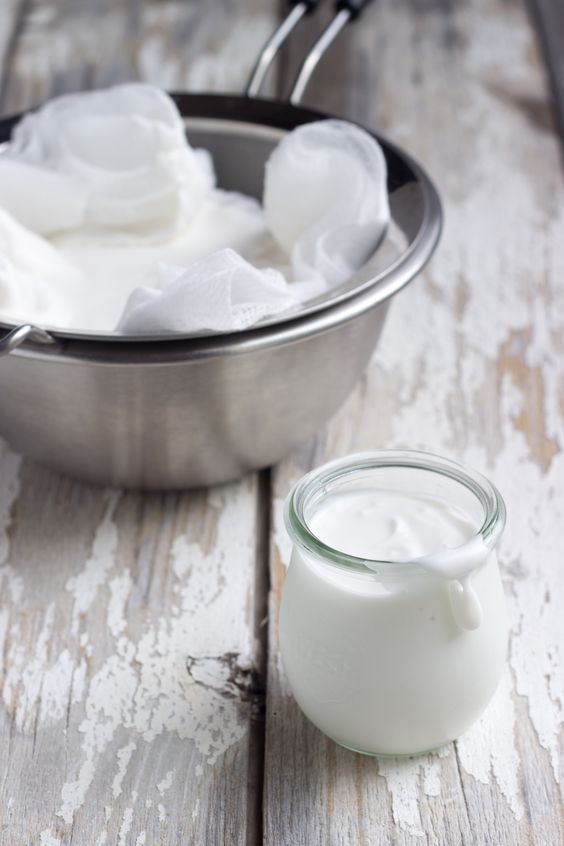
Yogurt has recently become popular in the form of a diet. Many people do not know that there is a difference between curd and yogurt. If you also think curd and yogurt are the same then you are not alone. However, there is a slight difference between the two. The main difference between the two is in the method of making them and in the benefits. So, let’s know about the difference between curd and yogurt…
Difference Between Curd And Yogurt:
Many people think that India which is called Curd in foreign countries that are called Yogurt. But this is not so, even though both are products made of milk, but there are many differences between the two. Both curd and yogurt are made from different types of bacteria and the amount of nutrients in curd and yogurt is also different. So let’s know the difference between curd and yogurt.

Making Process:
Curd is a dairy product and to make it, the milk is boiled well at approximately 30-40 ° C. After that, a little bit of curd is inserted in it, in which a kind of acidic curdling agent is a type of bacteria that is called Lactobacillus bacteria. These bacteria start growing rapidly after milk and in a few hours, they convert milk into yogurt. And thus the curd is constructed. But curd is not considered to be a standard product because research has shown that good bacteria present in it can not reach the intestine alive, due to which their benefits are not fully realized.
Whereas yogurt is also a milk product, and yogurt and yogurt have the same taste, but the way bacteria are used to make the curd. Two different types of bacteria are also used to make yogurt in the same way, whose names are Lactobacillus and Streptococcus thermophiles. Yogurt is considered to be a standard product because according to research, good bacteria present in it can easily reach the stomach so that they can be fully utilized.

Flavors:
Curd always comes in the same flavor but yogurt is available in many different flavors such as mango, strawberries, blueberries, peaches, kiwi, raspberry, vanilla, and peppermint, etc.

Nutritional Elements:
Curd contains amounts of calcium, iron, potassium and vitamin B6, which work to give strength and strength to the body. In addition, there is also abundant protein which also increases the immunity of the body’s disease.
Yogurt is rich in minerals such as calcium, phosphorus, potassium, and zinc and is rich in proteins. It helps to control bad cholesterol. Yogurt is considered a good source of vitamins like riboflavin, vitamin B12, pantothenic acid, and vitamin A. It is also a very good source of probiotics, it is a good bacteria that contains LAB (lactic acid bacteria) and it also helps in increasing immunity. Yogurt is also helpful in digestion. It helps in reducing cholesterol and improving metabolism. There is also plenty of protein in it.
Recommended Articles :-
- Ayurveda Pitta Diet | Foods To Include In Your Diet
- Black Salt Or Kala Namak Benefits On Health
- Mango Diet Plan For Weight Loss | Nutrients Of Mango
- Easy Mediterranean Diet Recipes | Food Recipes
- Buttermilk Benefits Weight Loss | Buttermilk Recipes
- Health Tips For Summer To Stay Fit & Cool
- Summer Fruits In India | Delicious & Healthy Fruits Of Summer
- The Ultimate Anti Aging Food List
- Black Salt Or Kala Namak Benefits On Health
- High Calorie Indian Foods To Gain Weight
- Vitamin B12 Rich Indian Foods And Benefits Of It
- Best Fruits Good For Skin Whitening & Brightening Naturally

Protein Value:
Another difference between curd and yogurt is protein value. The amount of protein in a bowl curd is 3-4 grams.
whereas in a bowl yogurt the protein content is 8-10 grams.

Carbohydrate Value:
A bowl of curd contains 65 grams of carbohydrate, 18 grams of sugar and 3 grams of dietary fiber.
While a bowl yogurt contains 11.5 grams of carbohydrate and also contains sugar.

Fat Value:
A serving of curd contains a total of 50 grams of fat, out of which the amount of saturated fat is 35 grams and 15 grams of unsaturated fats.
In the other hand, a serving of yogurt contains 8 grams of fat, which is divided into 5 g saturated fat and 3 grams of unsaturated fat.
So, these are the difference between curd and yogurt. Hope this article cleared your doubt on this…